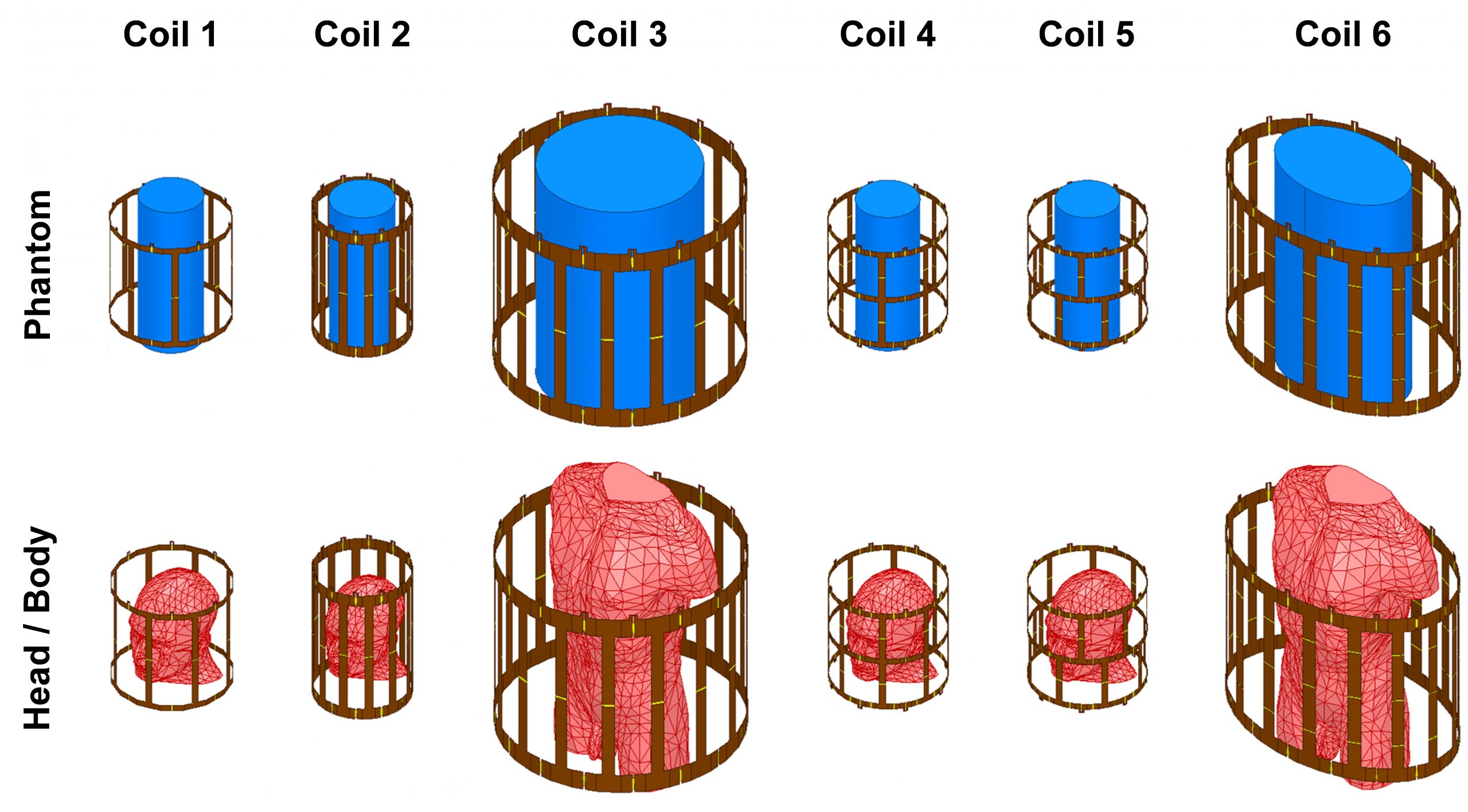UMRAM’ın RF iletim dizi bobinlerini tasarlamak için hızlı yöntemlere odaklanan çalışması, “Accelerating the co-simulation method for the design of transmit array coils for MRI” başlıklı bir makale ile yayımlandı. Bu çalışmada, transmit dizi bobinlerinin tasarımı için ko-simülasyon yöntemi önemli ölçüde hızlandırılmıştır. Kavramın bir kanıtı olarak, sekiz kanallı dejenere bir kuş kafesi bobini hızlı ve doğru bir şekilde tasarlanır ve yapılır. UMRAM tesisleri şuan 3 T’de kafa görüntüleme için kullanılabilen bu bobin ile donatıldı. Makalenin ilk yazarı Ergin Atalar‘ın doktora öğrencisi olan Alireza Sadeghi ‐ Tarakameh olup, diğerleri ise Ehsan Kazemivalipour, Umut Gündoğdu ve Serhat Erdoğan’dır.
Abstract
Objective Accelerating the co-simulation method for the design of transmit array (TxArray) coils is studied using equivalent circuit models.
Materials and methods Although the co-simulation method dramatically reduces the complexity of the design of TxArray coils, finding the optimum solution is not trivial since there exist many local minima in the optimization problem. We propose to utilize an equivalent circuit model of the TxArray coil to obtain a proper initial guess for the optimization process of the co-simulation method. To prove the concept, six different TxArray coils (i.e., three degenerate birdcage coils (DBC), two dual-row head coils, and one elliptical body TxArray coil) with two different loading strategies (cylindrical phantom and human head/body model) at 3 T field strength are investigated theoretically; as an example study, an eight-channel head-DBC is constructed using the obtained values.
Results This approach accelerates the design process more than 20-fold for the coils that are investigated in this manuscript.
Conclusion A fast and accurate method for tuning and decoupling of a TxArray coil can be achieved using its equivalent circuit model combined with the co-simulation method.
